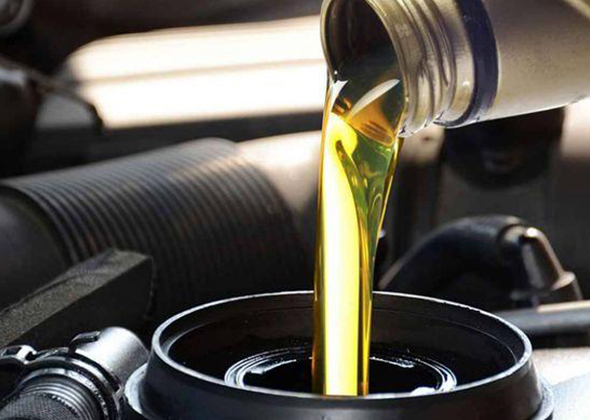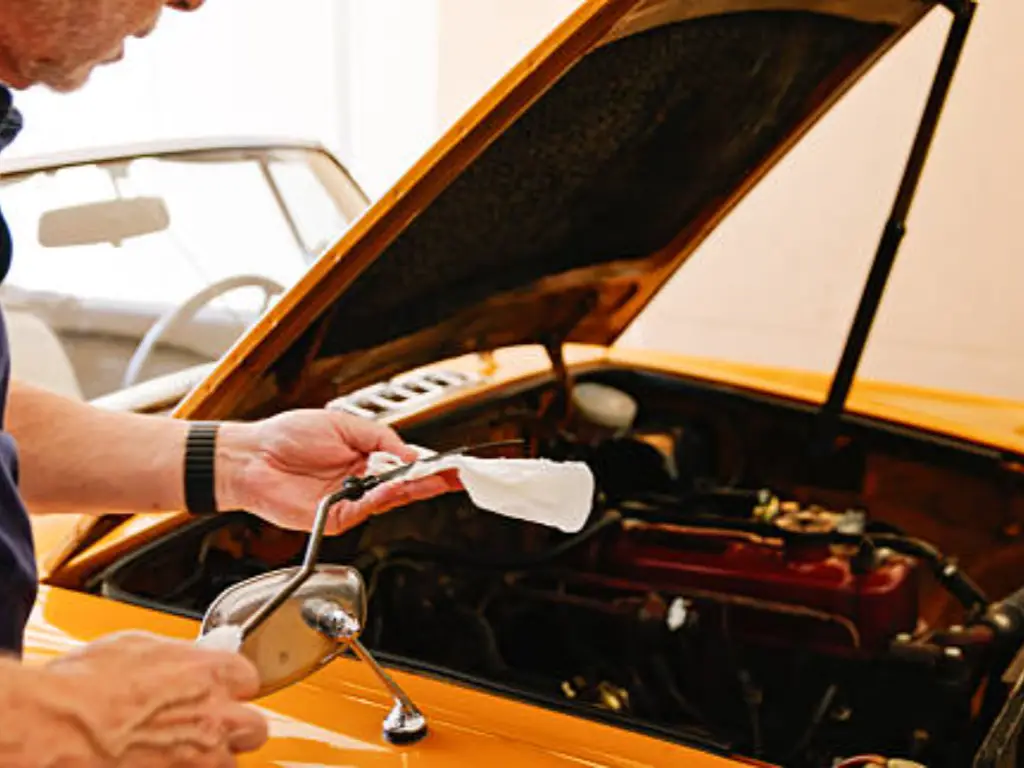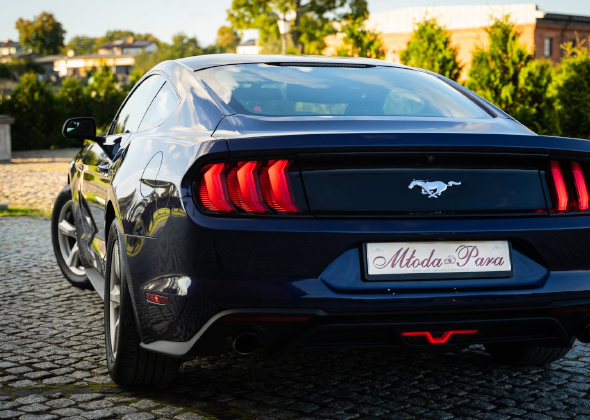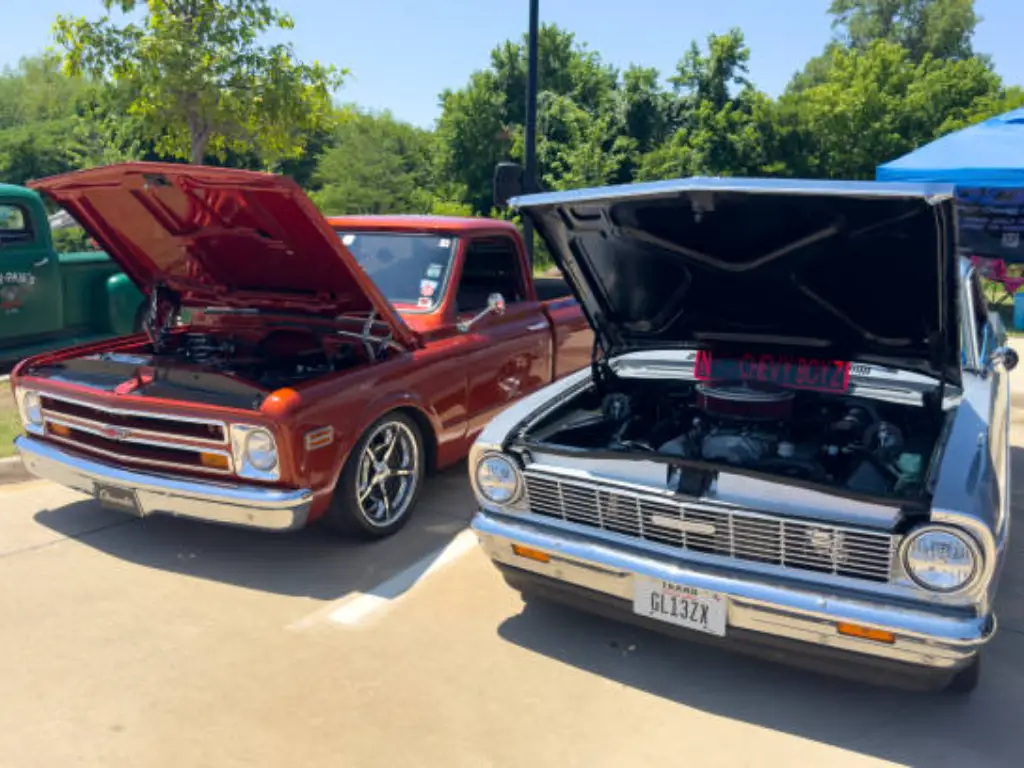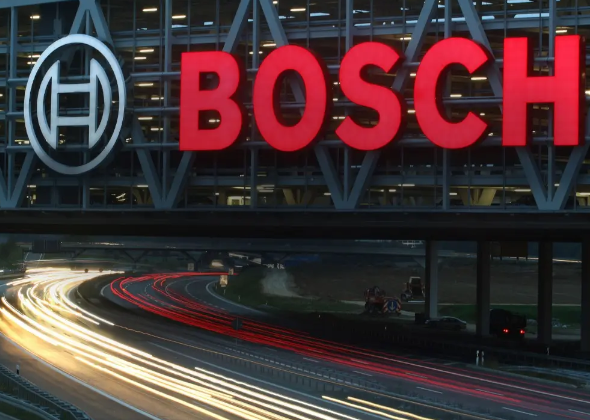Understanding the various engine types is crucial to the success of your business in several ways. This will help you increase sales, and improve your customer satisfaction and marketability. In this article, we will discuss the different types of engines and how they work.
If you want to establish a car engine business and have no deeper understanding of what you’re doing, then you can check out the article below to acquire more information and avoid losing a substantial amount of money. It’s often beneficial to obtain new and helpful knowledge.
This article will provide knowledge to make informed decisions about car engines, as well as help you make a profit from your car engine business.
Engines in Cars: How Do They Work?
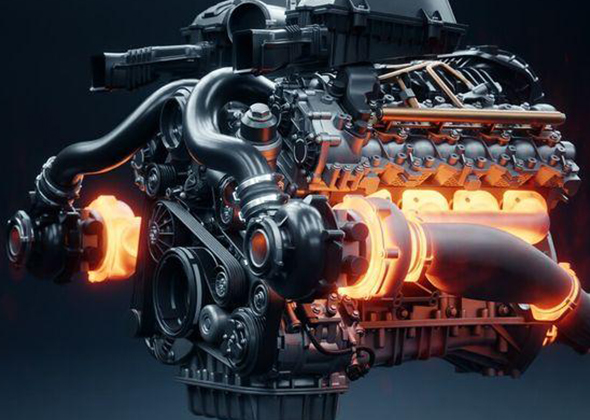
Engines are frequently taken for granted due to the ease with which an automobile may be started by simply turning a key. Few drivers notice the scientific magic at work behind the hood as they journey from A to B, but the engine is an engineering marvel in its own right.
Internal combustion engines generate energy via small, precisely controlled explosions. This is the consequence of hundreds of ignitions of the fuel-air mixture in the car’s multiple cylinders hundreds of times per minute, which propels the vehicle forward.
The combustion cycle is the term used to describe the process of feeding the engine. Typically, the cycle is divided into four parts or strokes (hence the name four-stroke engine). There are four: intake, compression, combustion, and exhaust. We’ll examine how each of these strokes contributes to the combustion cycle in an automobile engine in the sections that follow.
- Intake
The pistons reach the camshaft-mounted valves as the crankshaft rotates up and down. The timing belt spins the camshaft as the piston lowers, forcing the valves to open and discharge the fuel-air mixture. This is referred to as ingestion.
- Compression
Compression occurs when the pistons move upward as the crankshaft rotates down. This compresses the fuel-air mixture in the combustion chamber. The heat from the compressed air and fuel increases the mixture’s temperature to a point where it ignites.
- Combustion
The spark plug ignites the fuel-air mixture immediately before the piston drops again, resulting in a tiny explosion. This causes the piston to compress, creating the energy required to run the engine rapidly.
- Exhaust
The exhaust valve opens when the piston reaches its lowest point. When the piston rises again, the gases released by the explosion are expelled through the exhaust valve. The procedure is repeated after closing the top exhaust valve.
4 Regular Types of Car Engine Layouts
In its simplest form, an engine layout relates to the number and arrangement of cylinders in a vehicle. There are numerous engine configurations, but the three most typical are for automobiles.
1. Straight/Inline Engine
Straight or inline engines are the most prevalent configuration. As the name implies, the cylinders are arranged vertically in line, one behind the other. This engine can be mounted in the car in either a parallel or perpendicular arrangement, depending on the number of cylinders. Straight refers to an engine parallel to the automobile, whereas Inline refers to an engine that is perpendicular to the car.
Straight/inline engines are frequently used because they are straightforward and inexpensive production and installation processes. Due to its compact shape and ability to incorporate additional automotive components, inline engines are commonly seen in entry-level family automobiles such as hatchbacks.
On the other hand, straight engines can have more cylinders and generate more power. Straight engines are straight under the hoods of luxury vehicles such as BMW and Mercedes.
2. Flat Engine
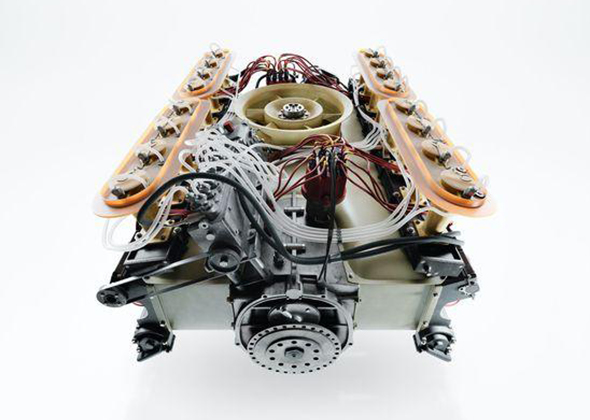
In comparison to a straight engine, a flat engine’s cylinders are positioned horizontally. The flat engine is named after the piston action, reminiscent of pugilists punching their gloves before a fight. The flat engine is a balanced engine, which means it produces slight vibration due to the force exerted by the piston movement.
Additionally, the Flat Engine’s low center of mass improves the vehicle’s handling. All cylinders are air-cooled equally due to their enormous surface area. Flat engines are more expensive to make than straight engines, and many vehicle manufacturers loathe them due to their large breadth. Only Porsche and Subaru offer flat engines.
3. V-engine
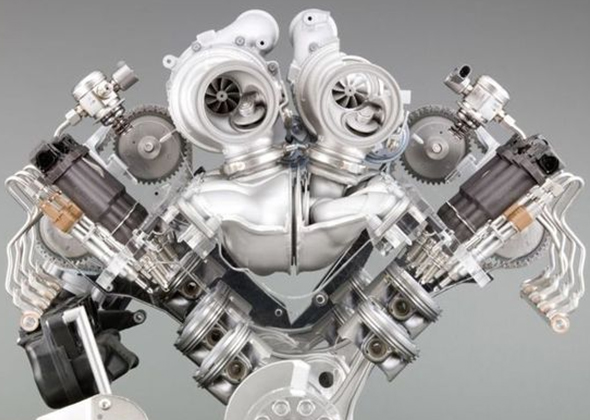
V-engines are a popular engine design seen in practically all high-performance automobiles. The engine’s cylinder banks, or chambers in which the pistons move, form a V shape when viewed from the front.
This architecture is unique among engines because it can fit more cylinders into a smaller space. That is, increased power while keeping the aesthetic of the car. The V Engine is more vibration-prone than a straight engine, and its design is more sophisticated, making repairs more expensive.
On the other hand, this architecture produces more power since each piston reaches its power stroke at a faster rate. Due to its compact size and excellent power output capabilities, the V-engine design is chosen by practically all high-performance automotive manufacturers, including Ferrari, Alfa Romeo, and Mercedes Benz.
6 Common Engine Cylinder Configurations
After discussing engine layouts, let’s discuss cylinder configurations. This section discusses the distinctions between engines based on their cylinder count.
A vehicle’s cylinder count affects its power output and fuel efficiency. This is critical for automobile fans since the cylinder layouts dictate the volume of a car engine. The following are some of the more popular engine cylinder configurations.
1. Twin-Cylinder
Due to their restricted power output and capacity. Several manufacturers are progressively incorporating turbochargers into their engines to build compact, ecologically efficient twin-cylinder engines. The Fiat TwinAir engine, seen in the Fiat 500 TwinAir and Fiat Panda Aria, is an excellent example.
2. Three-Cylinder
While three-cylinder engines are typically found in small cars, with the evolution of turbochargers, they have begun to emerge in bigger family hatchbacks such as the Ford Focus. Three-cylinder engines create a characteristic burbling sound and shaking vibration due to the engine’s balance being influenced by the odd number of cylinders.
3. Four-Cylinder
By far the most popular engine design, four-cylinder engines are featured in most small to mid-sized cars and are virtually usually configured inline. Four-cylinder engines produce a lot of power and can be further enhanced by adding a turbocharger.
4. Five-Cylinder
Five-cylinder engines are highly unusual, with vibrations comparable to three-cylinder engines. Volvo is one manufacturer that regularly uses five-cylinder engines due to the car’s comfort and refinement, which offsets the vibration effect.
5. Six-Cylinder
Six-cylinder engines are prevalent in high-end performance and sports cars and are typically built in a V or straight configuration. Six-cylinder engines were formerly considered underpowered, but the turbocharger has enabled them to be found in some of the world’s most powerful automobiles.
6. Eight+ Cylinders
Due to their large capacity and power output, automobiles with eight or more cylinders are frequently categorized as supercars. They are often grouped in the shape of a V, which gives them the names V8, V10, and V12. Previously, the largest engine available was the V12, but that changed with the debut of the ultra-fast Bugatti Veyron, which had sixteen cylinders.
Which Engine Types Are Good Value for Money?

The straight engine is the most affordable and most popular engine design, which should be no surprise given it’s featured in the most economical family vehicles. One downside is that the engine blocks are relatively large, so engine power is lower than the other two.
The flat engine is the second most affordable. However, this comes at higher production costs, since the engine’s design makes it more complex to produce.
The V-engine is the priciest engine alternative. It is costly to manufacture, but its high power output also costs repairs.
It can be challenging to determine which engine type is the best value for your money. The choice between the three engine types comes down to the individual choice of the vehicle owner. It is also prudent to consider having a truly reliable automotive engine part supplier.
From the perspective of an amateur automobile enthusiast, the V-engine is the best choice. However, its high installation and repair costs are prohibitive to many motorists. The more affordable boxer engine is a good choice for drivers looking for a good balance of price and performance.
Possible Malfunction Reasons
There are different reasons why engine malfunctions happen. Some are due to the car and the engine in a very straightforward manner, and others are due to the engine indirectly.
1. Oil Leakage
This is when your oil level is low, or the oil filter has been blown out. The oil filter is a mechanical filter that strains to remove unwanted particles from the oil. Oil leaks from the base of the cylinder head into the water pump. This is excessive oil consumption. The cylinder head gasket is also a possibility.
2. Poor Compression
An engine’s ability to compress air is an essential component of combustion. The air must be compressed to its maximum capacity before ignition. Otherwise, a misfire will occur. When a cylinder piston kit fails to reach its maximum compression, a rough start, misfiring, and high oil consumption.
3. Engine Trouble Due To Simple Design Issues
The engine’s design is one of the reasons why engine malfunctions happen. Whatever the method, there can be too much friction with parts of a car engine, which may result in malfunction or failure.
4. Lack of Regular Maintenance
A car needs regular and timely maintenance to keep it working at its optimum potential. An engine needs to be checked regularly and kept in good condition if you want it to last for a long time.
5. Improper Usage
Being a device that runs on fuel, customers need to ensure that using the proper fuel and the right amount. Also, they need to obey their fuel tank limits. Otherwise, the engine will be compromised. They can use the car regularly, but they need to ensure that they are driving it moderately.
Conclusion
Hopefully, after reading this article, your customers will understand how any car’s engine works. As a car engine business owner you should understand that a car’s engine is analogous to a person’s heart. It performs all functions in their vehicle.
In addition, Sunwayautoparts provides the best products for a car engine’s health; we have a starter motor, a cylinder piston kit, an oil filter, a stator plate, a fuel tank, and many more. We are here to meet any car business needs. Contact us to avail the best deals.

